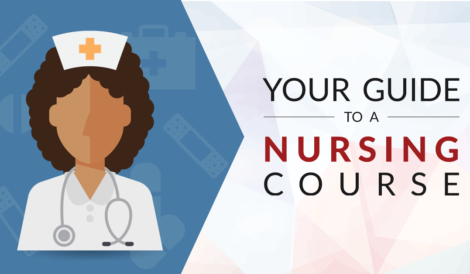Understanding Human Anatomy and Physiology: The Cornerstones of Effective Nursing
Human anatomy and physiology form the bedrock of nursing education and practice, providing essential knowledge that enables nurses to deliver high-quality patient care. These two interrelated fields are critical in understanding how the human body functions and responds to various health conditions, making them fundamental to the nursing profession.
Anatomy: The Structure of the Human Body
Anatomy is the study of the physical structure of organisms, including the human body. It examines the various components and their spatial relationships, from organs and tissues to cells. In nursing, a thorough understanding of anatomy is crucial for several reasons. For instance, knowledge of anatomical structures helps nurses locate veins for blood draws, administer injections accurately, and perform physical assessments effectively.
The human body is divided into several systems, each with its specific organs and functions. These include the circulatory system, respiratory system, musculoskeletal system, and more. Each system’s structure and function must be understood in detail to recognize normal and abnormal signs in patients. For example, recognizing the symptoms of a heart attack requires knowledge of the heart’s anatomy and its role in the circulatory system.
Physiology: The Functioning of the Human Body
Physiology complements anatomy by focusing on how the body’s structures function and interact. It involves understanding how various systems work individually and together to maintain homeostasis—a state of internal balance. For nurses, grasping physiological processes is vital for interpreting patient symptoms, understanding disease mechanisms, and implementing appropriate interventions.
Key physiological processes include respiration, circulation, digestion, and neural activity. For example, understanding the physiology of the respiratory system helps nurses manage patients with breathing disorders, such as asthma or chronic obstructive pulmonary disease (COPD). By comprehending how oxygen and carbon dioxide are exchanged in the lungs and how these gases are transported through the blood, nurses can provide effective care and monitor patients’ respiratory status.
Integrating Anatomy and Physiology in Nursing Practice
The integration of anatomy and physiology knowledge into nursing practice enhances the ability to assess, diagnose, and treat patients effectively. Nurses use this knowledge to interpret clinical symptoms, perform diagnostic tests, and administer medications. For instance, understanding the anatomy of the digestive system and its physiology aids in managing patients with gastrointestinal issues, while knowledge of the endocrine system helps in treating conditions like diabetes.
Moreover, this knowledge is instrumental in patient education. Nurses can explain health conditions and treatment plans more effectively when they understand how the body’s systems work and how diseases affect these systems. This helps patients make informed decisions about their health and participate actively in their care.
Conclusion
Human anatomy and physiology are foundational to nursing education and practice. They provide the essential framework for understanding the human body’s structure and function, which is crucial for delivering comprehensive patient care. Mastery of these subjects not only enhances a nurse’s clinical skills but also improves patient outcomes by enabling more accurate assessments, effective treatments, and clear patient education. As healthcare continues to evolve, ongoing study in these areas remains essential for nurses to keep pace with advancements and continue providing high-quality care.




